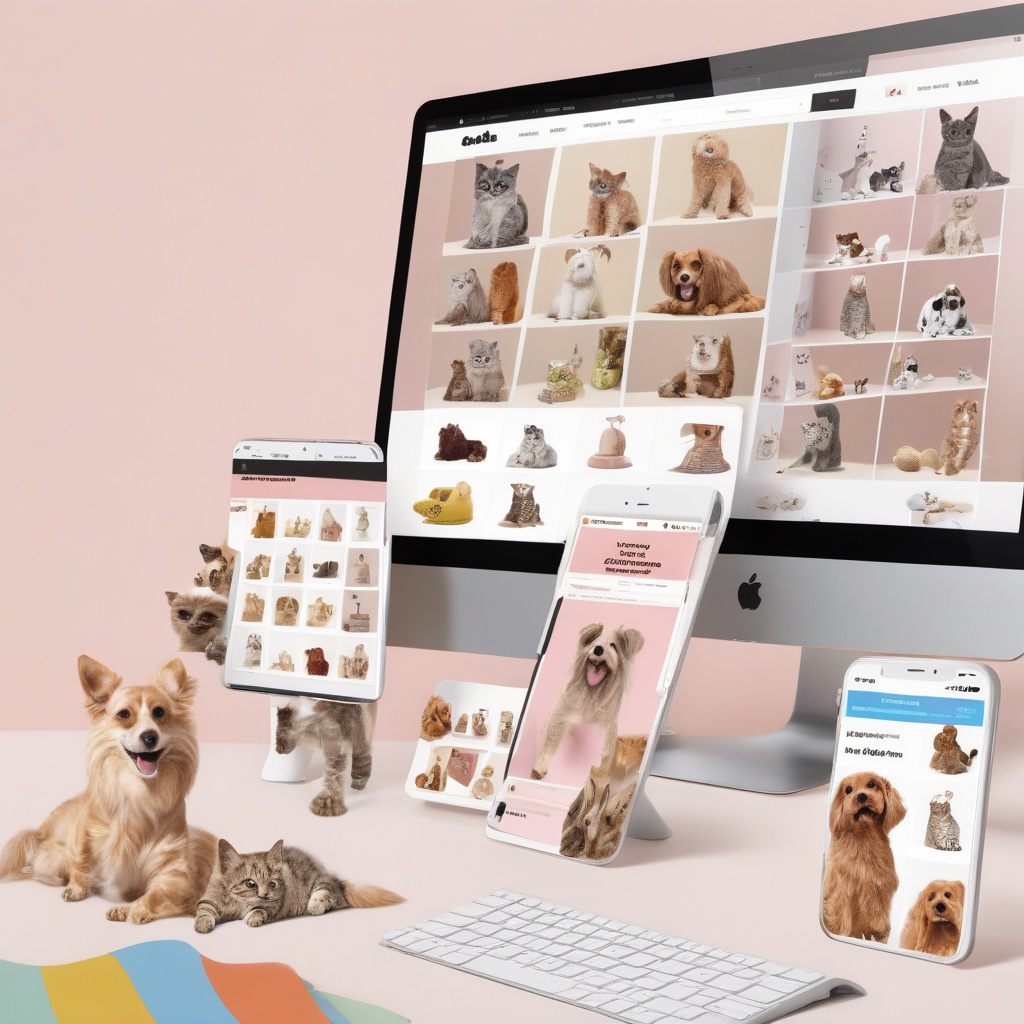The Growth of E-Commerce in the Pet Sector: Trends and Challenges
E-commerce has become a game-changer in various industries, and the pet sector is no exception. This digital evolution has opened up a new world of business opportunities, transforming the way pet owners shop for their furry companions. With the convenience of online shopping, pet owners can now access a wide range of products and services at their fingertips, from pet food and toys to grooming supplies and accessories.
One of the key trends driving the growth of e-commerce in the pet sector is the increasing humanization of pets. Today, pets are considered integral members of the family, leading pet owners to seek high-quality products and services to enhance their pets’ well-being. This shift in consumer behavior has paved the way for e-commerce platforms to offer specialized products tailored to the unique needs of pets, such as organic food, personalized accessories, and premium grooming services.
Moreover, the rise of subscription-based services in the pet industry has further fueled the growth of e-commerce. Subscription boxes for pets, which offer a curated selection of treats, toys, and accessories delivered to customers’ doorsteps on a regular basis, have gained popularity among pet owners seeking convenience and variety. These services not only provide a hassle-free shopping experience but also create a sense of excitement and surprise for both pets and their owners.
While the growth of e-commerce in the pet sector presents lucrative opportunities, it also comes with its own set of challenges. One of the primary challenges is the need to maintain customer trust and loyalty in a crowded marketplace. With numerous online retailers vying for pet owners’ attention, building a strong brand reputation and delivering exceptional customer service are essential to stand out from the competition.
Additionally, ensuring the quality and safety of pet products sold online is crucial to gaining and retaining customer trust. Pet owners are increasingly concerned about the ingredients and manufacturing processes of the products they purchase for their pets. E-commerce retailers must be transparent about product sourcing, ingredients, and certifications to reassure customers of the quality and safety of their offerings.
Another challenge facing e-commerce in the pet sector is the need to keep pace with rapidly evolving technology and consumer preferences. With advancements in artificial intelligence, augmented reality, and personalized recommendations, e-commerce platforms must continually innovate to provide a seamless and engaging shopping experience for pet owners. Adopting new technologies and staying attuned to market trends are vital to staying competitive in the ever-changing e-commerce landscape.
In conclusion, the growth of e-commerce in the pet sector presents exciting opportunities for businesses to cater to the evolving needs and preferences of pet owners. By embracing trends such as pet humanization, subscription services, and technological advancements, e-commerce retailers can carve out a niche in this thriving market. However, to succeed in this competitive landscape, businesses must address challenges related to customer trust, product quality, and technological innovation. By staying agile and customer-focused, e-commerce retailers can navigate these challenges and unlock the full potential of the pet sector’s e-commerce growth.

